14+ Plant Root Diagram
A leaf is usually composed of a blade and a petiole. The blade and the petiole.

1 401 Plant Roots Diagram Images Stock Photos Vectors Shutterstock
The cortex and the pith Figure PageIndex2.
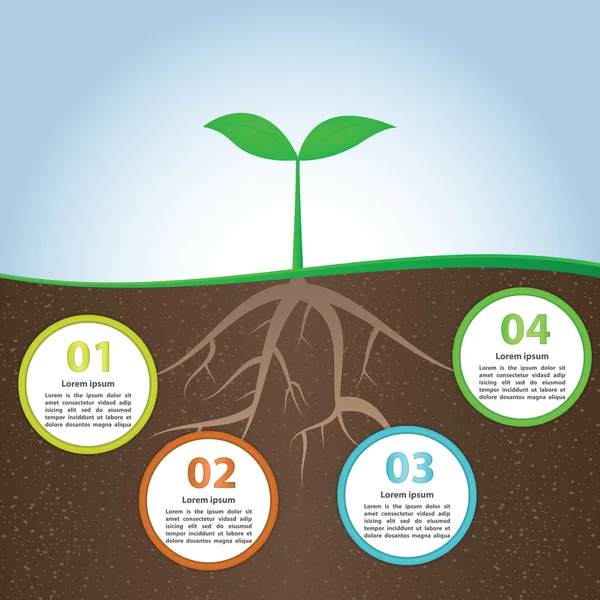
. They play an important role in helping a plant grow thrive and improve the environment around them. Root Flair Zone 5. As the radicle of many plant species dies soon after development the taproot eventually transforms into the fibrous root system.
This guide will look more closely at the structure of plants. Web Each variation of root structure serves different functions for the plants in the ecosystem and in modern landscape applications. Taproots stretch deep into the soil while fibrous roots spread out close to the surface.
In a fibrous root system composed of many small roots no single root dominates. A root is a complex organ consisting of several types of tissue. Region or Zone of Elongation 4.
Learn vocabulary terms and more with flashcards games and other study tools. This region is called the zone of elongation. Taproot systems feature a single thick primary root called the taproot with smaller secondary roots growing out from the sides.
Growing Point or Meristematic Zone 3. It is a thimble-shaped or cap-like parenchymatous multicellular structure which covers the root meristem. The blade is most frequently the flat photosynthetic part.
The petiole is a stem that attaches the leaf blade to the main stem of the plant. Taproot systems and fibrous rootsystems. Its primary functions are absorption of water and dissolved minerals and conduction of these to the stem storage of reserve foods and anchorage of the plant.
Web Inside the root the ground tissue may form two regions. Web Learn about the function of roots and stems in plants. Web The parts are.
Placed end to end they would have extended more than 10000 kilometers. Meaning of Root 2. The root is the descending axis of the plant and the downward prolongation of the radicle.
Web Figure1 Root Structures and Functions As shown in Figure below the tip of a root is called the root cap. Web Taproots Figure 1131 113. Study a diagram of stem and root structure and identify types of stems and root systems and their functions.
See plant roots diagram stock video clips Image type Orientation Color People Artists More Sort by Popular Plants Icons and Graphics Flowers Food and Drink Healthcare and Medical root infographic transpiration. Normal and Adventitious Roots 5. The cells of the root cap secrete mucilage.
Web In this article we will discuss about- 1. There are two main types of root systems. Web There are two basic types of root systems in plants.
Dicots have a tap root system while monocots have a fibrous root system which is also known as an adventitious root system. Tap Root Diagram Fibrous Root System Fibrous roots on the other hand are bushy roots in which thin moderately branching roots grow from the stem. Web Types of Root Systems.
When comparing roots to stems roots have much more cortex and very little pith. Web This is a diagram of the anatomy of a plant with labels of structural parts of the plants and the roots. Taproots are one of three basic forms of root systems found in plants the other two being adventitious and fibrous.
Both are illustrated in Figure below. Anatomy of Monocot and Dicot Plants What Are Adeventitious Roots. Rice wheat maize marigold banana and all monocotyledons are some examples of the fibrous root system.
Learn more about the types of roots their functions how they grow and their morphology. It is usually non-green in colour and grows away from light. Web Roots of plants from the taxonomic family Fabaceae which are commonly called legumes and include plants like peas beans clover and locust trees can form a symbiotic relationship with Rhizobia bacteria.
It consists of specialized cells that help regulate primary growth of the root at the tip. Zone of division As you move up in the root the cells begin to get larger developing into primary tissues. The carrot vegetable we eat is the taproot of a carrot plant.
They develop from a developing embryos radicle. The large central root what we call a carrot is a taproot and has many much smaller lateral roots that emerge from the sides. Web Figure 731 73.
Yes these extensive roots do absorb moisture and nutrients but they do so much more. These are not root hairs which would appear more like a microscopic fuzz at the ends of these lateral roots. A tap root system has a main root that grows down vertically from which many smaller lateral roots arise.
Leaves are generally composed of a few main parts. A taproot characteristic of dicots is a single dominant root from which smaller secondary roots extend. Regions of the Root 3.
Web Plant roots diagram royalty-free images 1021 plant roots diagram stock photos vectors and illustrations are available royalty-free. Web Root hairs form from the outward growth of epidermal cells and are restricted to a small area near the root tip. The cortex occupies most of the volume of young roots and is important for storing substances such as starch.
Above the root cap is primary meristem where growth in length occurs. Zone of elongation Further up the root the larger cells begin to differentiate into specialized cells. Web Root in botany the part of a vascular plant that is normally underground.
Whereas eudicot roots have no central pith monocots have a small pith. Web There are three different types of root structure. Web Frequently Asked Questions What are Tap Roots.
Much of the water and minerals that enter the root are taken up through these delicate outgrowths of the epidermal cells. Web Start studying Biology - Chapter 14 - Plant Classification and Structure. Region or Zone of Mature Cells.
As landscape architects we look for opportunities to use native plants like those represented and care for them properly such that we might benefit from their beauty environmental value and functional. Web In the study of the rye plant the roots were estimated to have some 14 billion root hairs. Web Roots exist out of sight and can reach anywhere from 8 to 14 feet into the soil.
Both cortex and pith include cells that store photosynthetic products. A single four-month-old rye plant was estimated to have approximately 14 billion root hairs Figure 2.

Ks1 Labelling Parts Of A Plant Worksheet Teacher Made
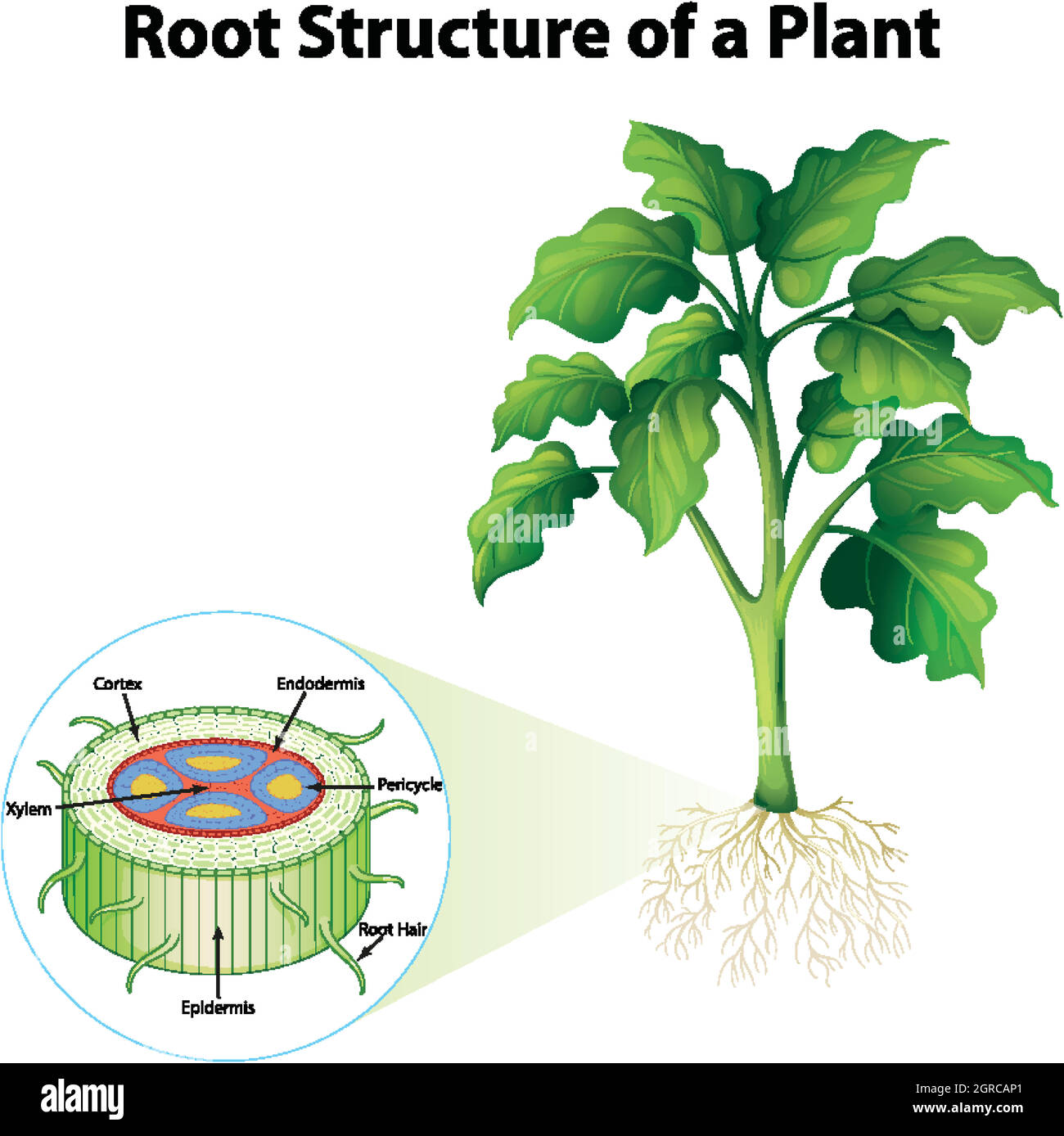
Plant Root Diagram Hi Res Stock Photography And Images Alamy

14 Label Plant Diagrams Flashcards Quizlet
Parts Of A Plant Diagram Plant Kingdom Root Shoot System Aesl
Schematic Diagram Of The Distribution Of Proximal Roots 41 Download Scientific Diagram
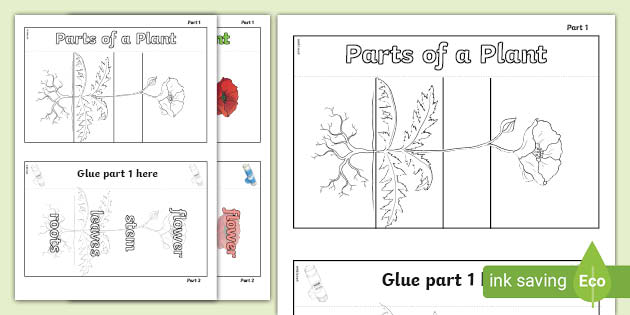
Parts Of A Flower Interactive Parts Of A Plant Template

Recycling Of N Derived From A Half Root Of Soybean Plants With 15 Download Scientific Diagram

Medical Seeds Y Griega Humboldt Seed Organization Og Kush Sensi Seeds Shiva Skunk White Label Super Skunk Barney S Farm Vanilla Kush Bulkseedbank Blueberry Gg Strains Gorilla Glue 4 Grow Diary Journal Week2

1 401 Plant Roots Diagram Images Stock Photos Vectors Shutterstock

Pin On My Saves

1 401 Plant Roots Diagram Images Stock Photos Vectors Shutterstock
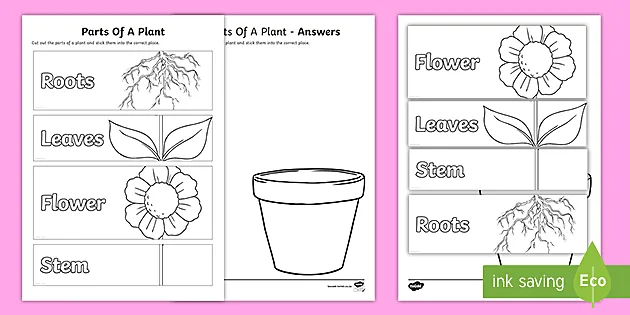
Parts Of A Plant Worksheet Twinkl Teacher Made Resources

1 401 Plant Roots Diagram Images Stock Photos Vectors Shutterstock

Root System Diagram Easy How To Draw Tap Root And Fibrous Root Step By Step Types Of Roots Youtube

1 401 Plant Roots Diagram Images Stock Photos Vectors Shutterstock
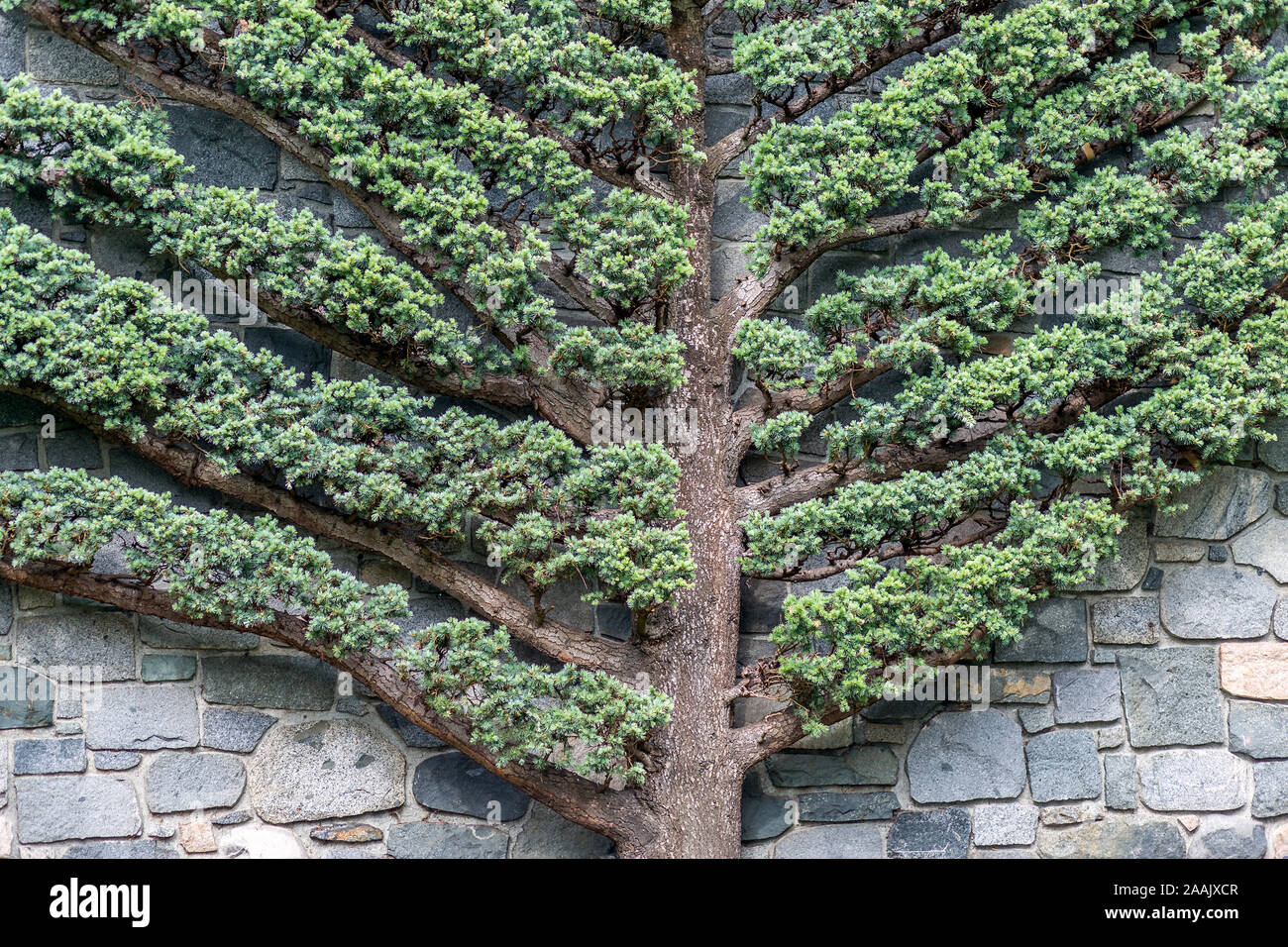
Plant Root Diagram Hi Res Stock Photography And Images Alamy

How To Draw Root Nodules Of Leguminous Plant Labelled Diagram Of Root Nodules Step By Step Youtube